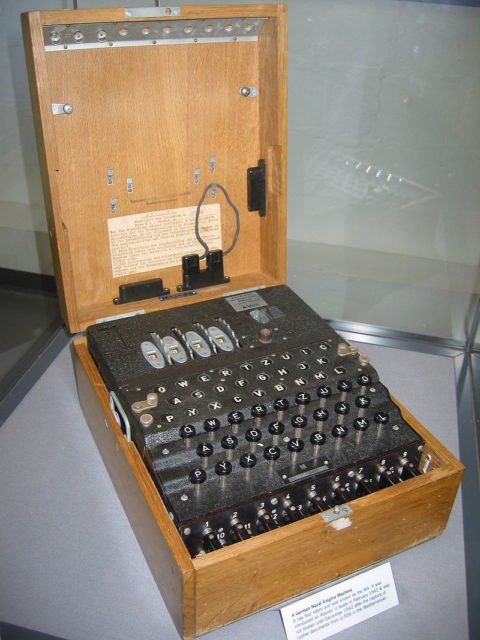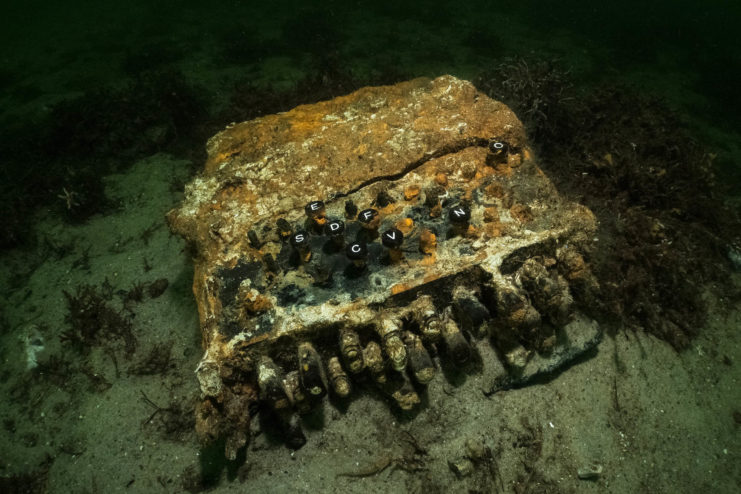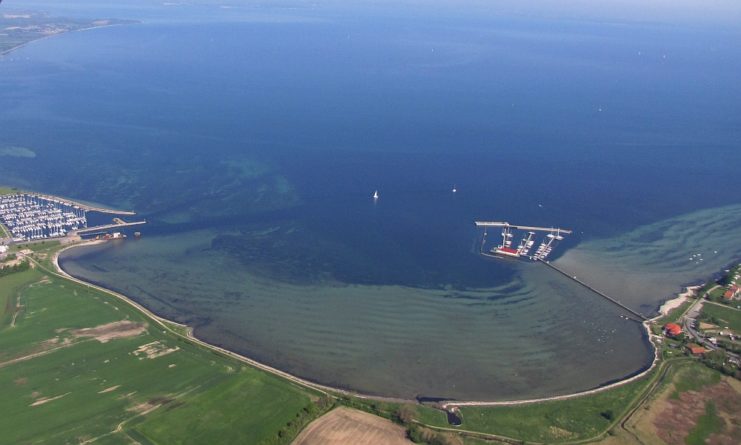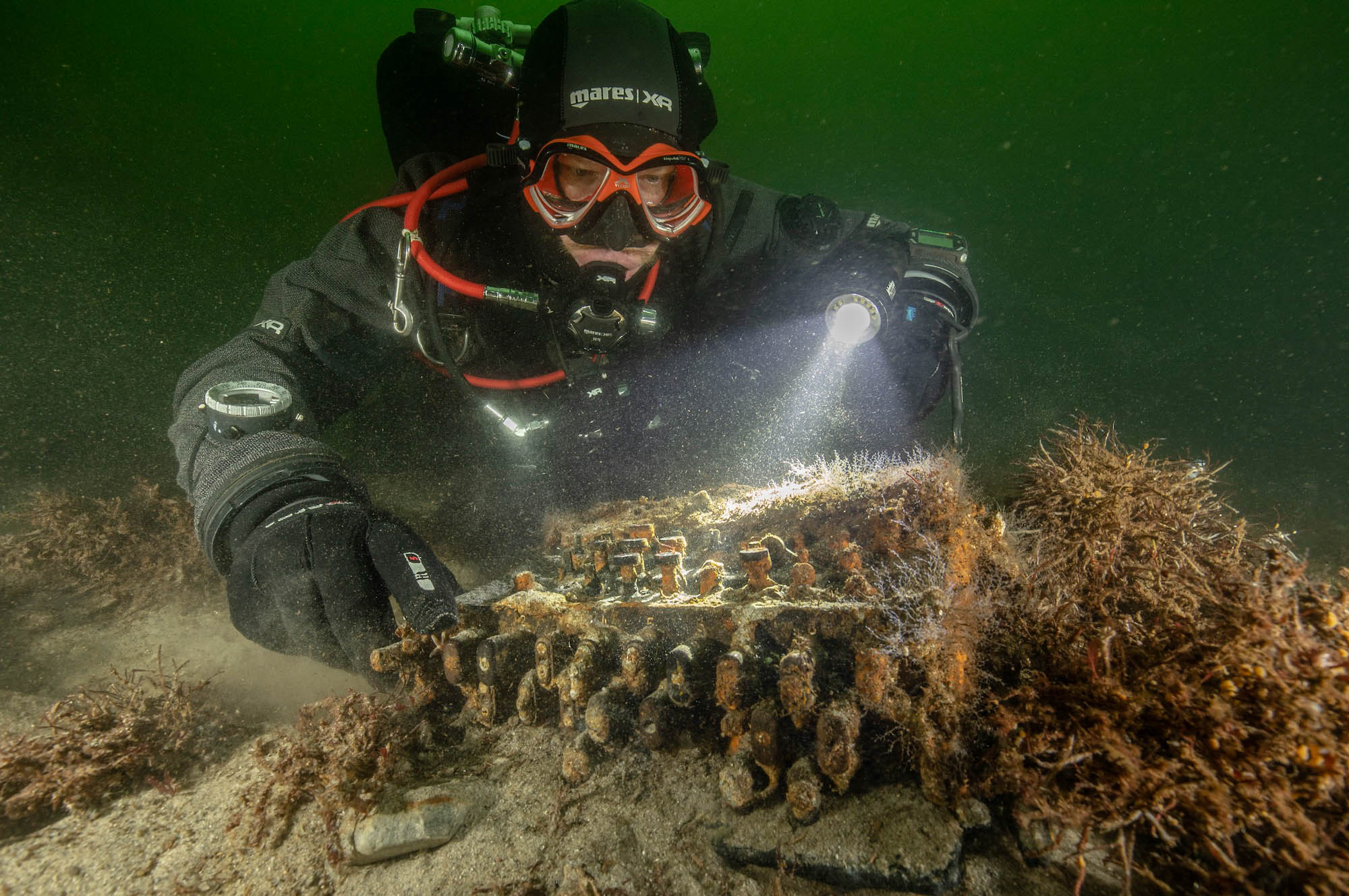Divers, working on behalf of the World Wildlife Fund, cleaning up the ocean of discarded fishing nets that pose an enormous danger to oceanic wildlife, found the jetsam of a lifetime when they scooped up a rare Enigma machine.
A trio of German divers working in Gelting Bay, near the Danish/German border in the Baltic Sea, found what they first thought was an old typewriter, tangled up in fishing nets that they were cleaning out of the ocean.
One of the divers, Florian Huber, an underwater archaeologist, realized that what they had brought up from Gelting Bay’s seabed was no old typewriter but a rare Enigma machine used by the Nazis during World War II to encode radio messages. He believes that the device had been flung overboard from a scuttled submarine.

Huber told an interview with Reuters that he had found many unusual things in his 20 years of working underwater but never, in his wildest dreams, did he think he would find one of these legendary machines.
The Enigma machine was used by the German military to encode messages during World War II. British cryptographers from Bletchley Park cracked the code, allowing the Allied forces to decode military transmissions, giving them a massive advantage in the battle for the Atlantic.

The Enigma machine looked like a typewriter. It had a keyboard, but it also had several wheels used to scramble letters to encrypt messages. As one person typed, another would write down the scrambled letters that appeared on the machine.
This message would them be sent, and the receiving station would ensure that their device was set up with the correct wheels installed and type in the encrypted message. The scribe would then be able to read the decoded text. The wheels’ settings were distributed in a codebook, which showed the specific wheels and sets for each day.
Several thousand of these machines were produced, but very few survived to the end of the war, and those that do come to auction sell for many thousands of euros.
The actual cracking of the code used by the Enigma was accomplished by a team led by Alan Turing at Bletchley Park, the headquarters of the Allies’ code-breaking efforts during the war years. The Allies’ ability to decode messages encoded on the Enigma shortened the war by many years and saved thousands of lives.

During the night of the 4th and 5th May 1945, 47 U-Boats belonging to the Kriegsmarine were scuttled in Gelting Bay, following long-standing orders known as Operation Regenbogen. This was to prevent them from falling into the hands of the Allied forces. The destruction of the encryption devices would have formed part of this order.
The 47 U-Boats sunk in Gelting Bay formed part of the over 200 submarines scuttled by the Kriegsmarine at the end f the War in the North and Baltic Seas.

Huber, who works for Submaris, a company based in Kiel, said that they suspected that the Engima machine was discarded overboard as part of this operation. Submaris leads many underwater research projects.
Another Article From Us: Thieves Strike Russia’s Nuke-Proof ‘Doomsday Plane’ Flying Command Center
The Enigma machine found by the divers will be donated to a museum in Schleswig.
